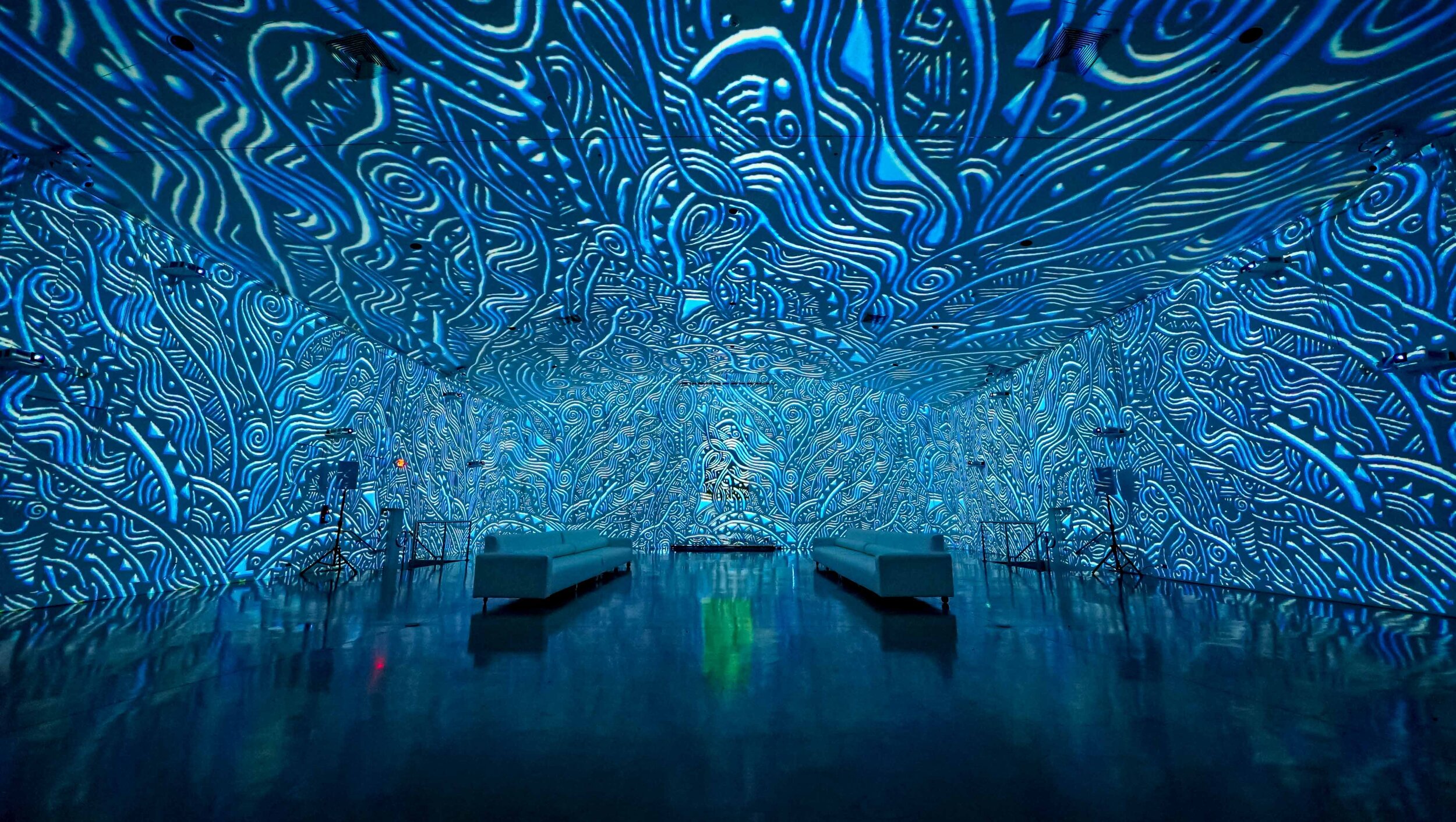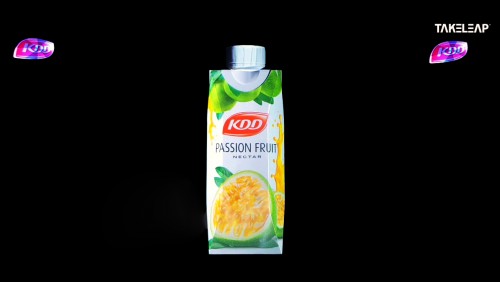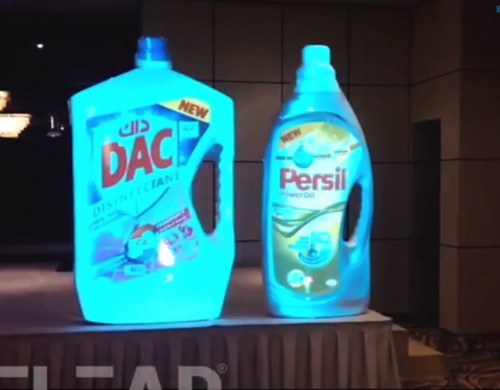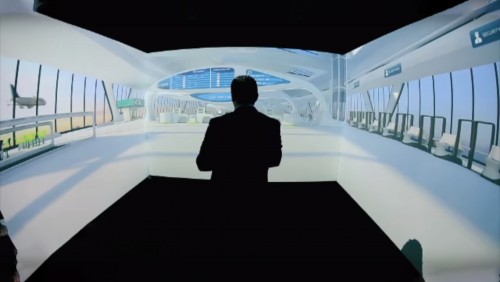5 Questions to Ask Yourself Before Starting a Projection Mapping Project

Is projection mapping the right choice for your project?
Before starting a projection mapping project, you should ask yourself if projection mapping is even the right choice for your project. If you need a large, high-impact display for your retail space, a large LED wall is a great solution. But if you need a way to present information on a table at a training seminar, or want to use table tops to show a menu at a restaurant, tabletop projectors might be a better choice. There are many different types of projectors, including LED projectors, laser projectors, short-throw projectors and more. And each type has its own set of uses and benefits. So, you should ask yourself if projection mapping is the right choice for your project based on the type of projector you’re thinking about using.
What surface will you use for projection mapping?
The surface you use for your projection mapping project can greatly affect the overall look and feel of your project. For example, a table surface is great for a restaurant or bar because it gives patrons a place to set their drinks or food. But, when you project images or videos onto that table surface, the images can appear distorted because of how the surface is curved. You’ll want to carefully consider the surface you’re going to use throughout your project. For example, if you’re going to project onto a wall, do you know if it’s going to be painted or tiled? If it’s tiled, you’ll need to use a special product that will allow your projector to shine through the tiles.
What will be the content of your project mapping project?
The content in your projection mapping project can have a big effect on the types of surfaces you use. For example, if you’re going to be projecting videos with water scenes, you don’t want to be projecting onto a tiled wall. Water, especially flowing water, can cause grout in tiled walls to deteriorate over time. You should also consider the type of content you’re going to project in your project. For example, if you’re projecting images and videos to create an interactive experience, people in your space may need to be able to touch and interact with the images and videos you are projecting.
What's the right technology for your projection mapping project?
The technology you use for your projection mapping project can greatly affect the overall look and feel of your project. For example, if you’re using a laser projector, the laser light can travel several hundred feet through the air and still appear as clear and bright as it does on the projector itself. You should carefully consider the technology you’re going to use throughout your project. For example, if you’re going to use a short-throw projector, the projector will need to be placed very close to the surface you’re projecting onto. In some cases, you might need to build a custom frame to keep the projector close enough to the surface.
How will you keep your projection mapping looking as good as it does on day one?
Just like with any other type of display technology, projection mapping can degrade over time. Short-throw projectors, for example, can have a dust buildup that can impede their brightness and clarity. And depending on the content you’re projecting, the surface you’re projecting onto can accumulate a lot of dust and debris that can reduce the quality of your projection mapping display. You should carefully consider how you’ll keep your projection mapping looking as good as it does on day one. For example, if you’re projecting onto a wall, you’ll want to make sure you have a good way to clean the wall so you can keep your project looking as good as it did on day one.
Conclusion
Projection mapping is a fast-growing technology that’s being used by brands, businesses and individuals all over the world to bring their spaces to life. With projection mapping, you can transform almost any surface into a screen for videos, pictures or animations. Before starting a projection mapping project, you should ask yourself if projection mapping is the right choice for your project, what surface you’ll use for your project, what will be the content in your project, what technology you’ll use, and how you’ll keep your project looking as good as it does on day one.







 Call
Call
 Mail
Mail